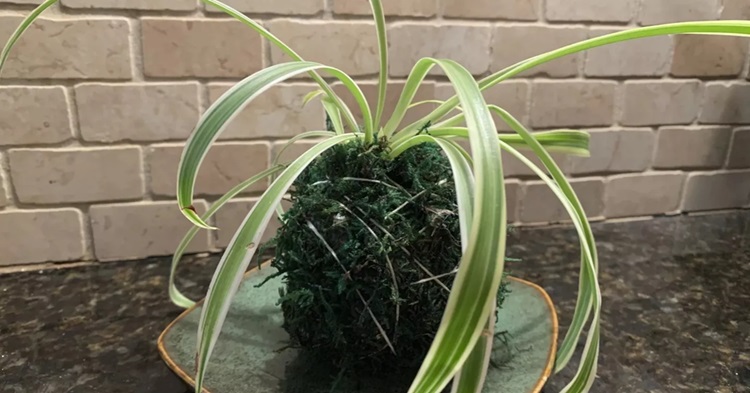Turn houseplants into living art with Japanese kokedama


The third week of September marks National Houseplant Week, a time when plant lovers turn their attention indoors. It also offers the perfect opportunity to try kokedama, a Japanese gardening technique that transforms ordinary houseplants into striking pieces of living art.
Kokedama, which literally means “moss ball,” involves growing a plant in a soil ball wrapped in moss instead of a pot. The result is a minimalist, sculptural display that works equally well on a decorative plate or hanging from a hook. These creations also make thoughtful gifts.
Plants that require less water are best suited for kokedama since exposed soil dries out faster than in pots. Spider plant “pups,” pothos, philodendrons, and succulents are all popular choices.
How to make kokedama
You will need: peat moss, bonsai or potting soil, preserved moss sheets, scissors, waxed thread or fishing line, two bowls, water, and a small plant.
After mixing peat moss and soil into a firm, snowball-like shape, split it in half and enclose the plant’s roots inside. Wrap the ball with moss, trim the excess, then secure it with thread or line. Soak the finished kokedama in water for 15 minutes and drain. Rewater when it feels noticeably lighter.
Care and display
Kokedamas can be grouped as centerpieces or suspended for a floating garden effect. To prevent them from drying out, keep them in a humid environment or near a humidifier. Prune the plant each spring to prevent overcrowding, and fertilize lightly once a year with organic plant food.
With a little creativity, kokedama brings artistry and elegance to any indoor plant collection.
